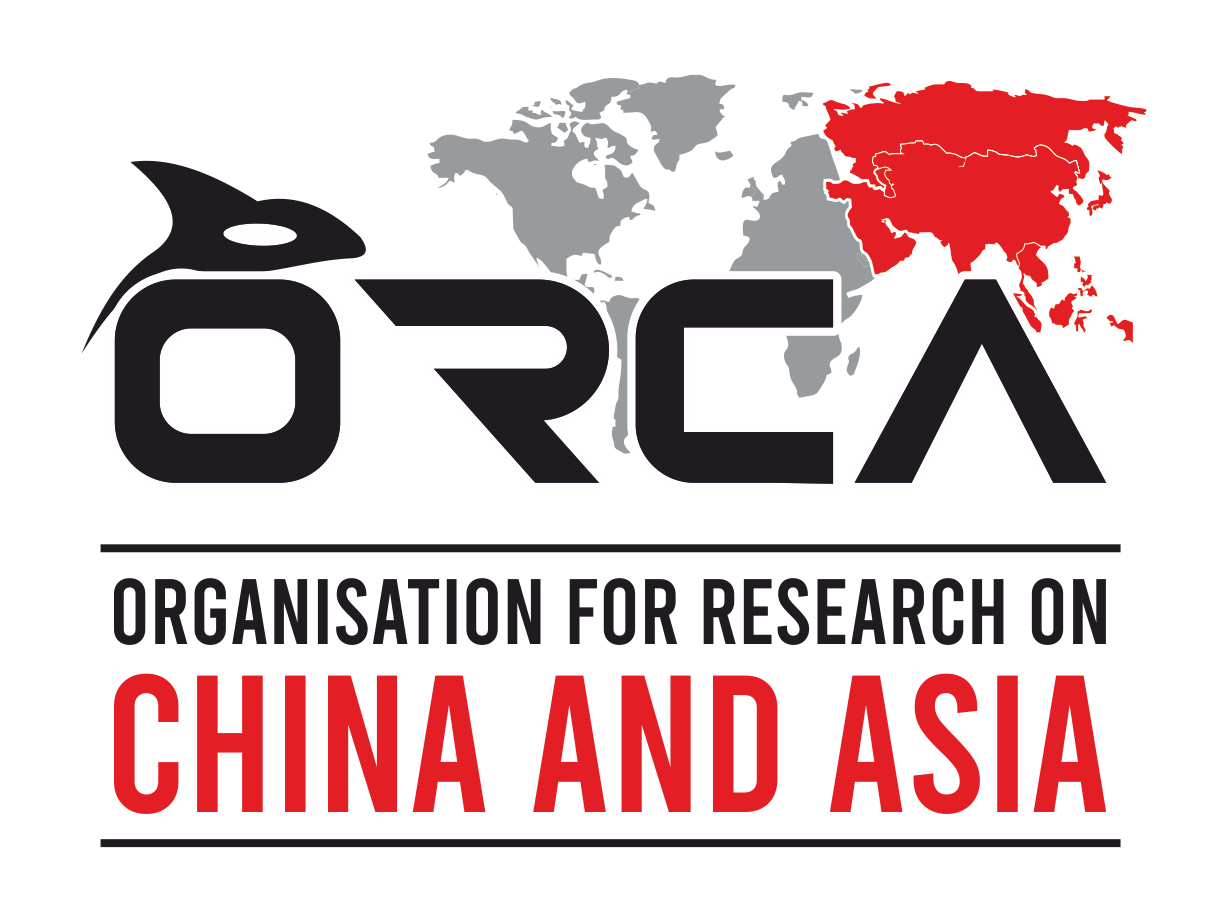Subscribe now to our newsletter !
Get a daily dose of local and national news from China, top trends in Chinese social media and what it means for India and the region at large.
The detention of Pema Wangjom Thongdok in Shanghai over an “invalid” passport drew strong condemnation from India, which labelled the act a violation of international aviation norms and reaffirmed Arunachal Pradesh as an integral part of the country. China, however, denied detaining her and described the checks as routine while reiterating its own claim over the state. The incident reflects Beijing’s use of administrative procedures to subtly reinforce its territorial narrative. It also underscores the persistent fault lines in India–China relations, where such episodes reveal unresolved tensions beneath diplomatic engagements. Overall, the event highlights the fragility and vulnerability of the relationship despite both countries’ rhetoric about normalizing bilateral ties.
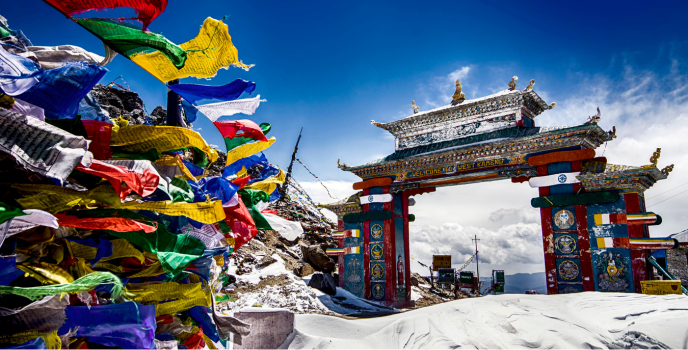
Implications for Political Dissent in Hong Kong
Hong Kong’s National Security Law has reshaped the city’s political landscape by curbing dissent, weakening democratic parties, overhauling elections, and tightening control over media, education, and civic life. With arrests, censorship, and loyalty vetting, political participation has sharply diminished. These shifts have also implications for Hong Kong's image as an economic hub and have raised questions about the durability of Hong Kong’s promised autonomy under 'one country, two systems'.
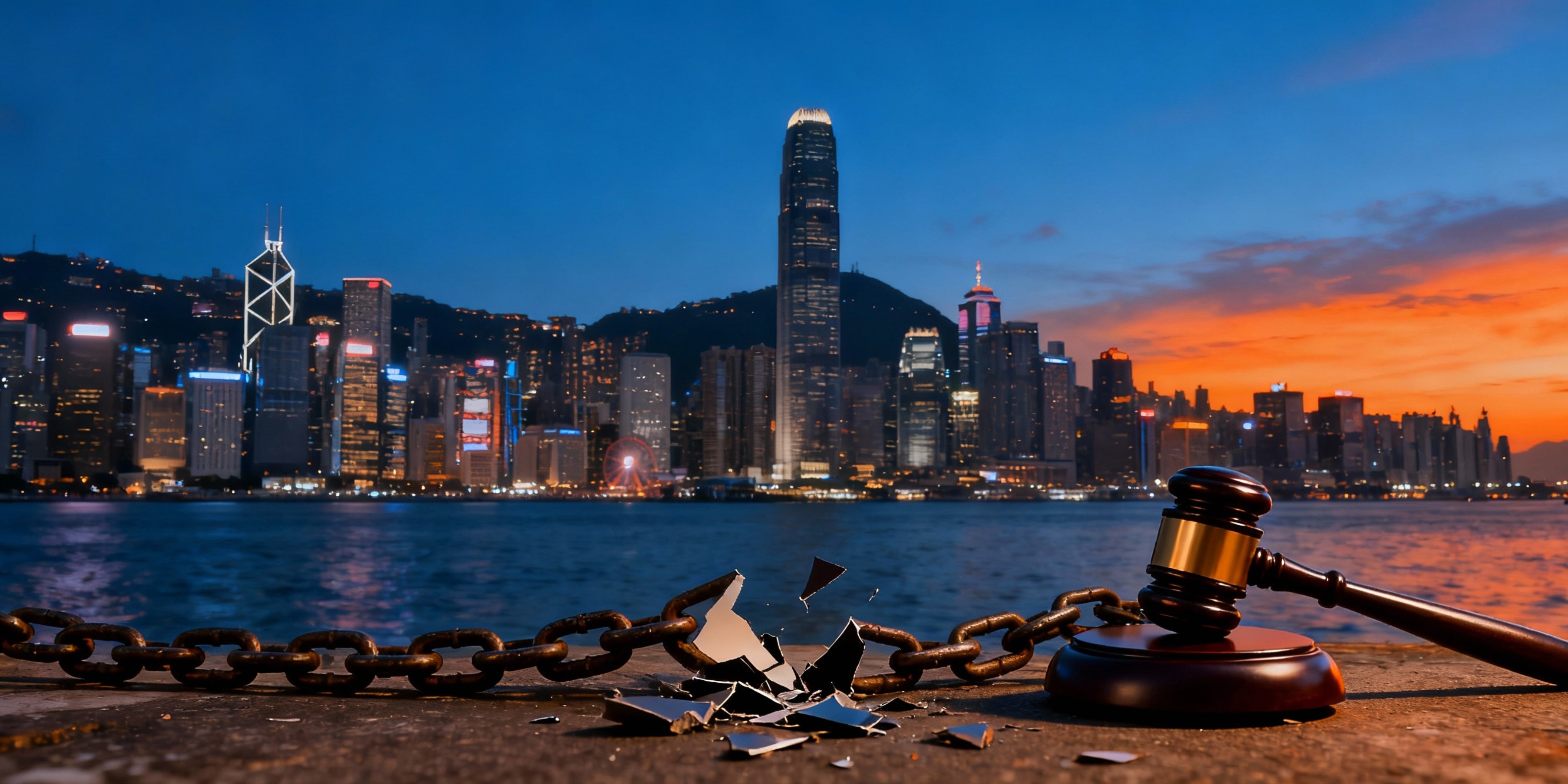
China’s portrayal of its recent crackdowns on cyber-scam operations in Southeast Asia as major breakthroughs in regional counter–transnational crime cooperation—supported by Thailand’s approval of the extradition of alleged cybercrime figure She Zhijiang—coincided with unusually severe sentences handed down in Guangdong and Zhejiang against individuals linked to telecom-fraud networks in Myanmar’s borderlands. This assertive campaign was triggered by a viral kidnapping case that starkly exposed the gap between the Party-state’s narrative of comprehensive citizen protection and the continued vulnerabilities of Chinese nationals overseas. The rapid intensification and punitive severity of China’s response suggest that the initiative functions less as a structural effort to dismantle entrenched cybercrime infrastructures and more as a performative assertion of state authority designed to manage domestic backlash.



Competing Strategies for Influence and Partnership
Over the past decade, Southeast Asia has become the focal point of Asia’s strategic and economic transformation, with ASEAN at the center of global trade, maritime connectivity and geopolitical competition. China and India increasingly see the bloc as essential to their regional strategies: China as a partner for trade, technology, and security, and India as the cornerstone of its Act East Policy (AEP). The AEP has evolved from a diplomatic initiative into a comprehensive framework, with India strengthening cultural, defense, and multilateral engagement across the region. Meanwhile, China has pursued an expansive agenda through initiatives like the ASEAN–China Free Trade Area and the Belt and Road Initiative, deepening economic and infrastructural integration. Beijing’s approach extends beyond economics to maritime cooperation, regional governance, and influence-building, setting a high benchmark for regional engagement. In this context, India faces the challenge of translating the AEP into tangible influence, balancing ASEAN’s developmental priorities with its own strategic ambitions, while measuring its progress against China’s extensive outreach.

China’s Alternative Governance Model
To many external observers, the Chinese notion of democracy is contradictory to the country’s one-party political system and its limited space for dissent. Nonetheless, the Chinese party-state has consistently portrayed itself as a system that embodies democratic values, albeit in a form tailored to its own political and cultural context.
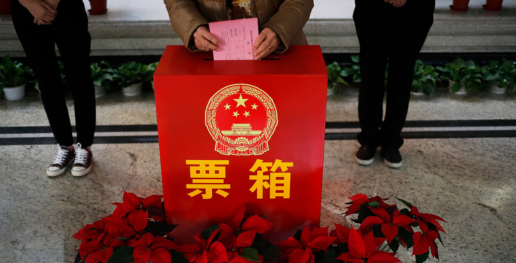
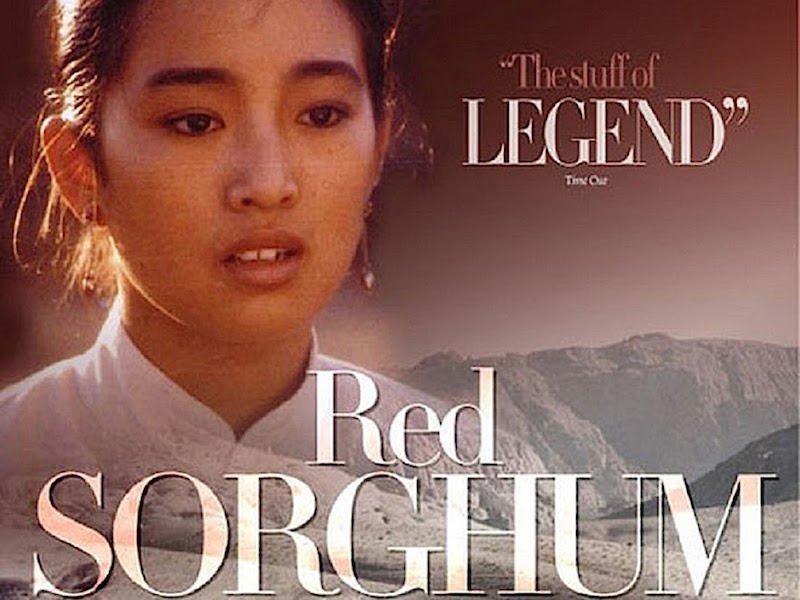
मानव अधिकार ग्रुप की राय में इंटरनेट आइडेंटिफिकेशन चीन में बोलने की आज़ादी पर एक नया हमला
नेशनल नेटवर्क आइडेंटिटी ऑथेंटिकेशन पब्लिक सर्विस को “नेशनल नेटवर्क आइडेंटिटी ऑथेंटिकेशन पब्लिक सर्विस मैनेजमेंट मेज़र्स” के तहत साइबरस्पेस एडमिनिस्ट्रेशन ऑफ़ चाइना और मिनिस्ट्री ऑफ़ पब्लिक सिक्योरिटी ने हाल में “बड़े ऑनलाइन प्लेटफ़ॉर्म के लिए पर्सनल जानकारी की सुरक्षा” पर फ़ोकस करते हुए एक ड्राफ़्ट रेगुलेशन जारी किया। आइए समझते है ये क्या है, कैसे काम करते हैं, और चीन ने इन्हें क्यों शुरू किया।

Shaping a Favourable Tomorrow
The Special Issue “India’s Soft Push for Power in South Asia: Shaping A Favourable Tomorrow” was ideated keeping in mind the increasing need for Indian policymakers to mitigate challenges emerging against New Delhi’s South Asian policy. Through each chapter, contributed by emerging Indian scholars specializing in India’s neighborhood policy, the publications envisions new and existing strategies to effectively leverage India’s soft power appeal in South Asia.
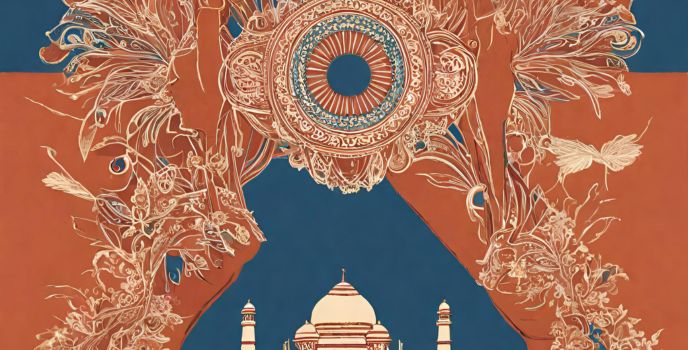
India, China and the return to Kailash
Religious exchanges, especially pilgrimages to Mount Kailash, have long symbolized the fluid cultural ties and contested sovereignties between India, Tibet, and China. The recent reopening of the Kailash yātrā reflects cautious Sino-Indian rapprochement post-Galwan. However, such religious engagement implicitly challenges Beijing’s authority in Tibet. Pilgrimage remains a subtle yet potent site of geopolitical tension and cultural assertion.

.png)
Huānyíng to ORCA!
We are a Delhi NCR based research institute focusing on domestic Chinese politics/policy!
Our
work studies the Communist Party of China's internal maneuvering and how that impacts China's
external posturing.
Publications
Ranging from op-eds to issue briefs, special reports and more by our Community of senior and junior Scholars
Daily CiCM Newsletters
Subscribers every evening receive crisp insights divided into sections: China’s social media, regional news and an India Watch
Countries Reached
Within an year of inception, ORCA began being accessed and read across continents with consistent readership that has only grown over time
China's Provinces at a glance
Made with the intention of furthering our audience's knowledge, our interactive map will tell you some interesting facts about each province in China.

Write for Write for
Join us in advancing knowledge and fostering meaningful discussions on China and Asia! Check out ORCA's submission guidelines and send us your work.
